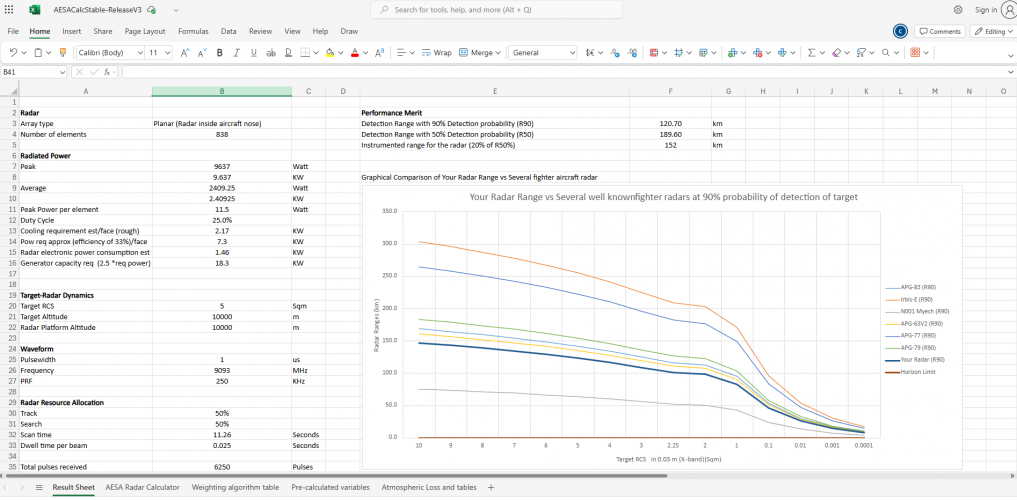In fact, an AESA flew on Rafale in May 2003. According to Ramstein, a migration to AESA has been considered from the early days of the programme, and the RBE2 is designed so that an AESA front end can replace the current passive antenna and TWT. Power and cooling are adequate for the job. A programme called Demonstrateur de Radar a l'Antenne Active (DRAA) started in 2000, and the radar flew on a Falcon in late 2002 before flying in Rafale B301. "It was a difficult integration, taking two or three days," jokes Ramstein. The problem, however, is that DRAA relied on US-sourced high-power processing chips - which, after Korea and the Iraq war, no longer seemed like a good idea. A new AESA version of the RBE2, DRAAMA (DRAA modes avancées), using all-European technology, was launched in July 2004 and will be ready in 2007-08. "We have a firm commitment to AESA, which allows us to propose it for export," Ramstein says.
However, Dassault and Thales are not proposing to make the AESA the all-encompassing RF Cuisinart that Boeing (for example) envisages for the Super Hornet, with features such as passive detection, multi-beam operation and jamming. Nor does the team intend to exploit the AESA's wide bandwidth, which would mean a new radome. (This suggests that the current radome is a bandpass design, transparent at the RBE2 frequency but stealthily reflective at any other.) Rather, the approach is to minimise cost and risk by keeping the same modes as the RBE2, while harvesting what are seen as the most valuable advantages of the AESA. These include a 50 per cent-plus increase in detection range - a better match for Meteor - much better performance at the edges of the elevation and bearing envelope, better reliability through the elimination of single-point failures and lower through-life costs. With only 120 aircraft planned by 2012, the pace of the Rafale programme has been influenced more by budget considerations than by technology.
While the RBE2 AESA does not add any additional modes of operation compared to the Rafale's earlier passively electronic scanned array (PESA) RBE2, the performance in each mode is significantly improved, Thales stated. A key feature of AESAs, a lack of moving parts, has reduced the mean time between failure on the RBE2 AESA by a factor of 10 compared to the RBE2 PESA, according to Thales. The RBE2 AESA will also continue to "deliver full performance if a certain number of TR [Transmitter Receiver] modules have degraded", the spokesperson added, although they did not specify what this number was. While some early components, including TR modules, are understood to have been sourced from abroad, Thales has now "produced a complete supply chain [for the RBE2 AESA], with no critical component coming from abroad".


